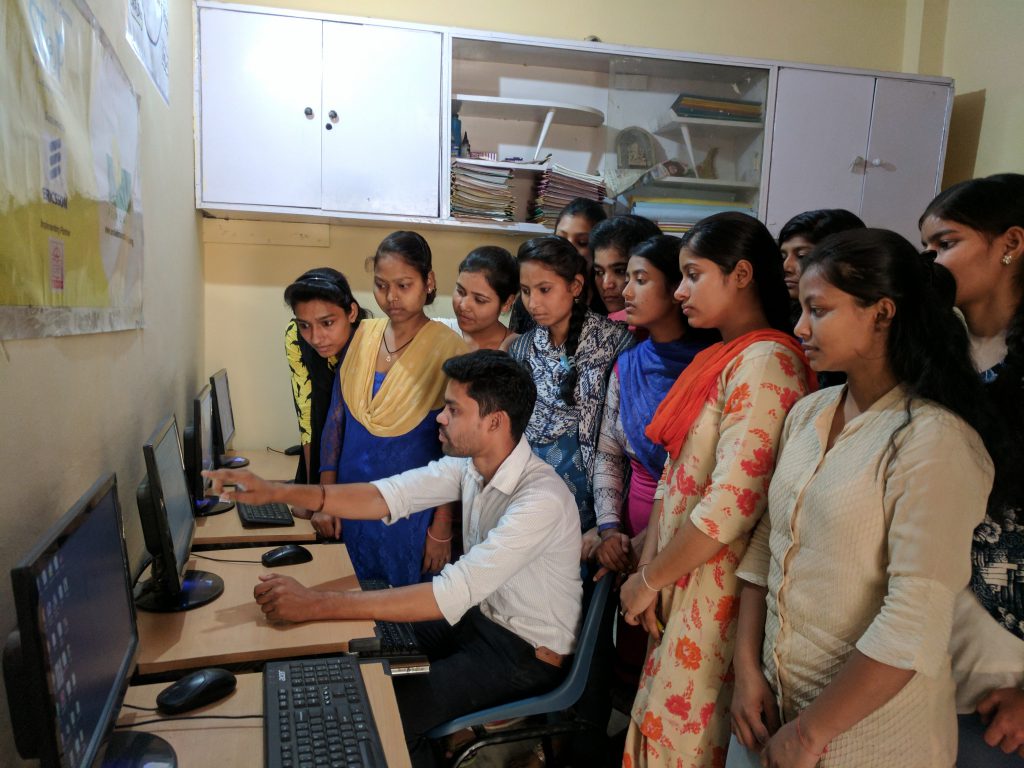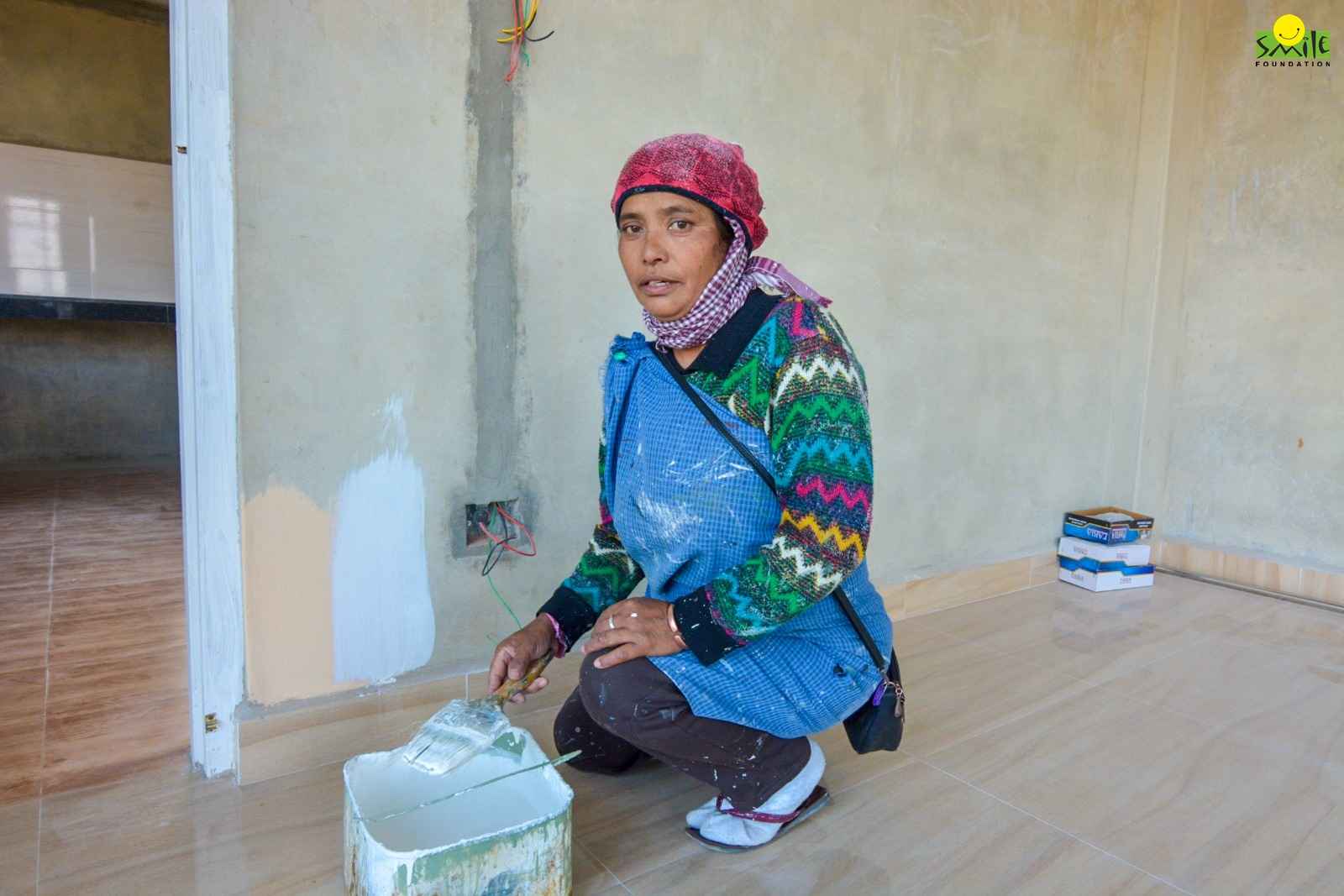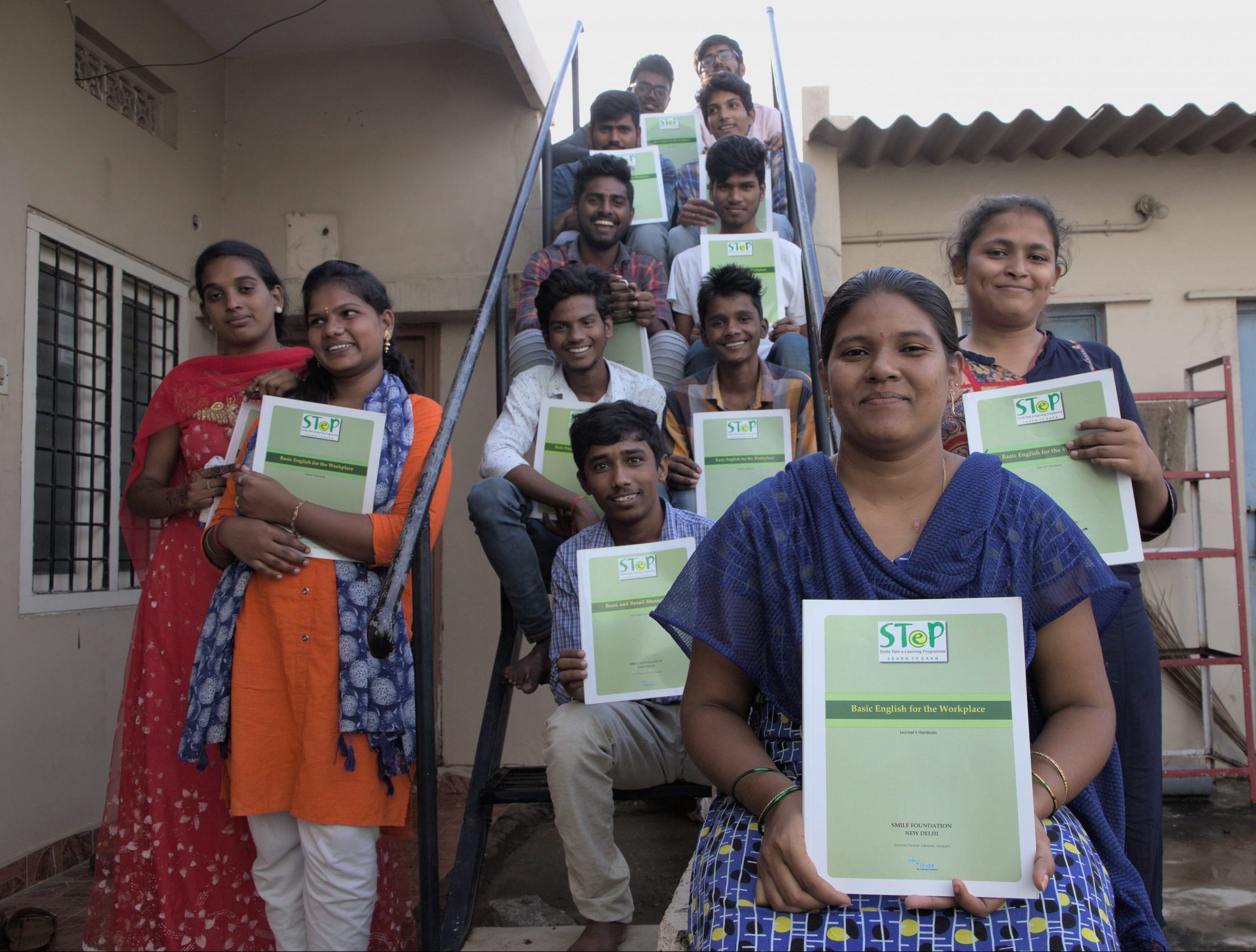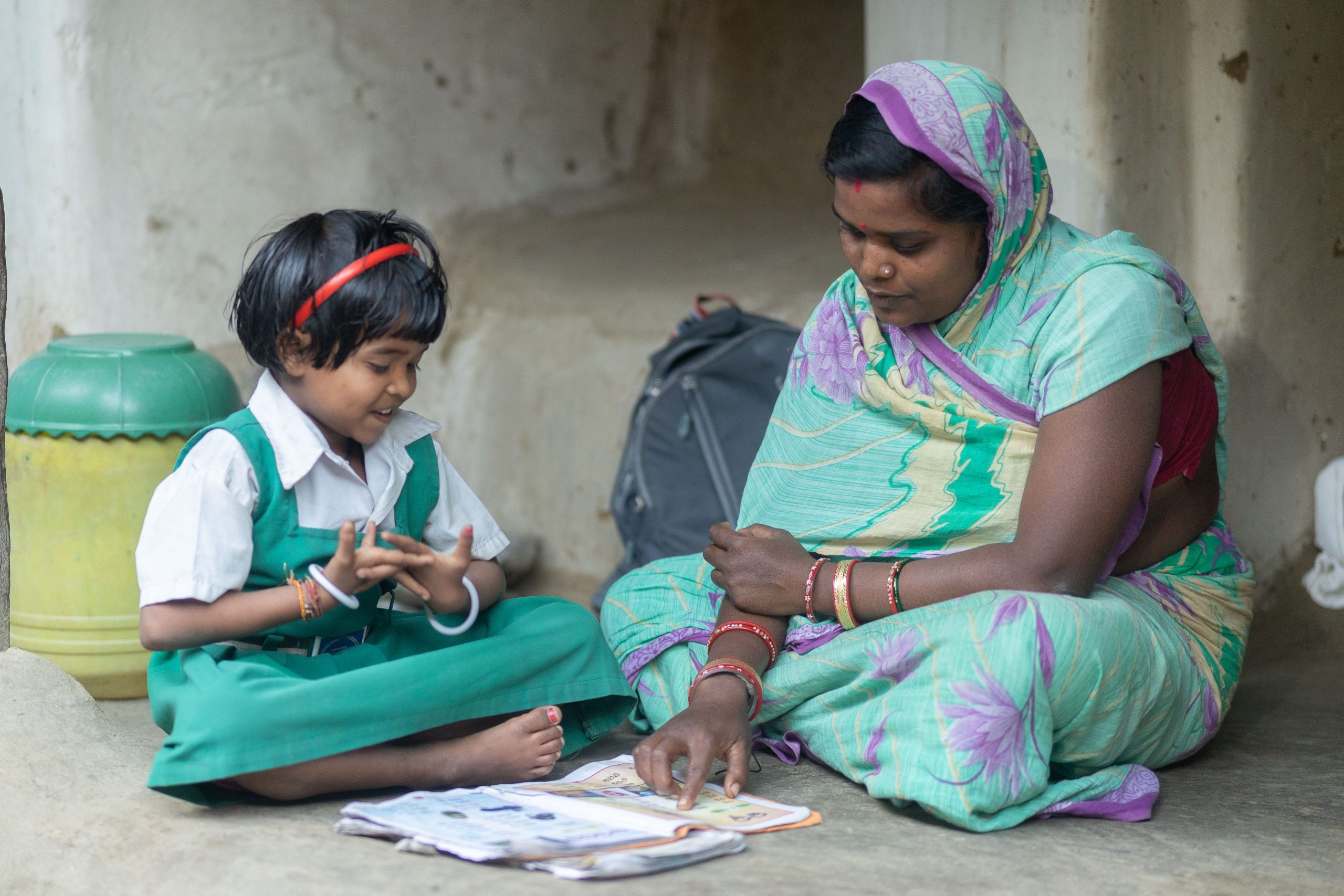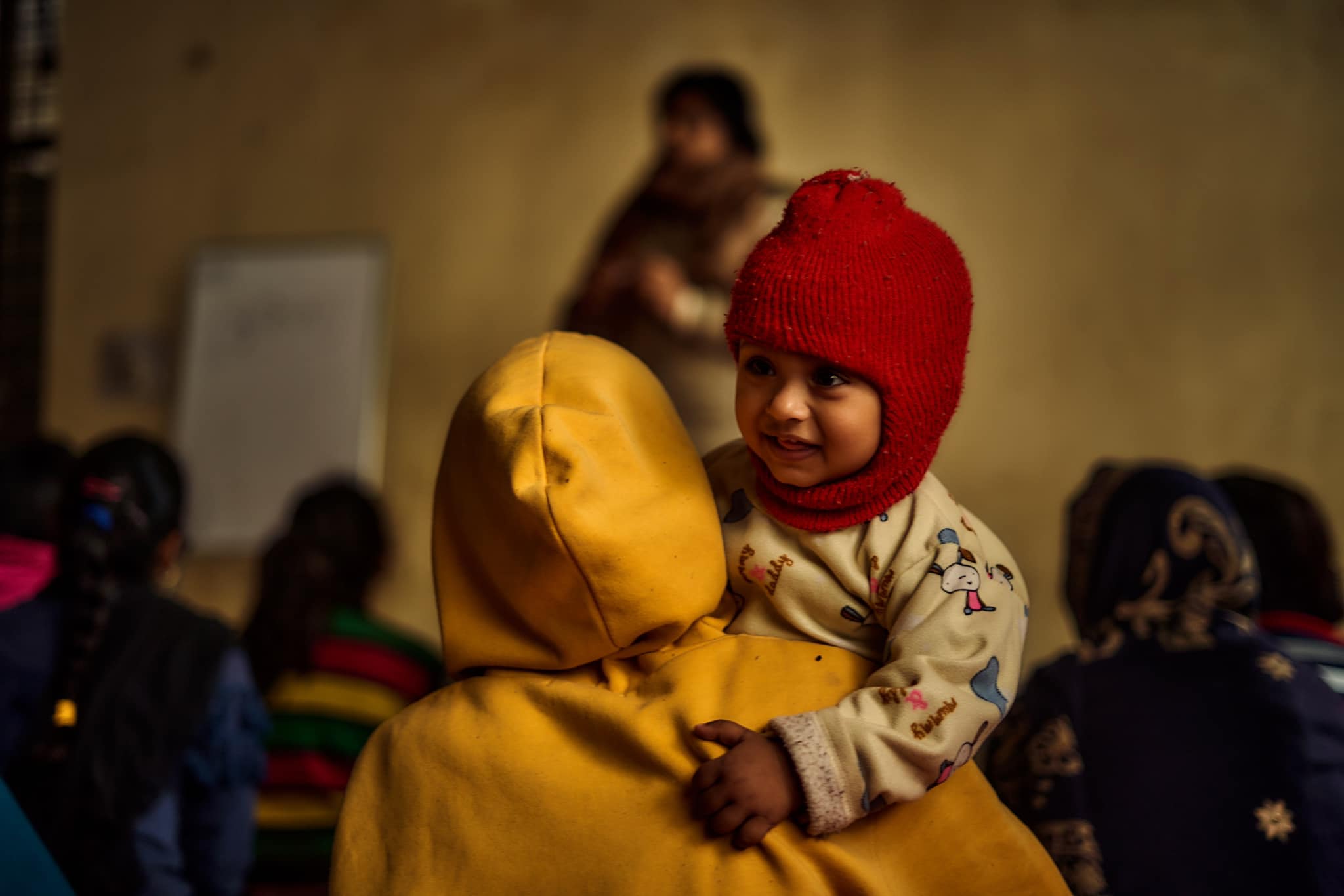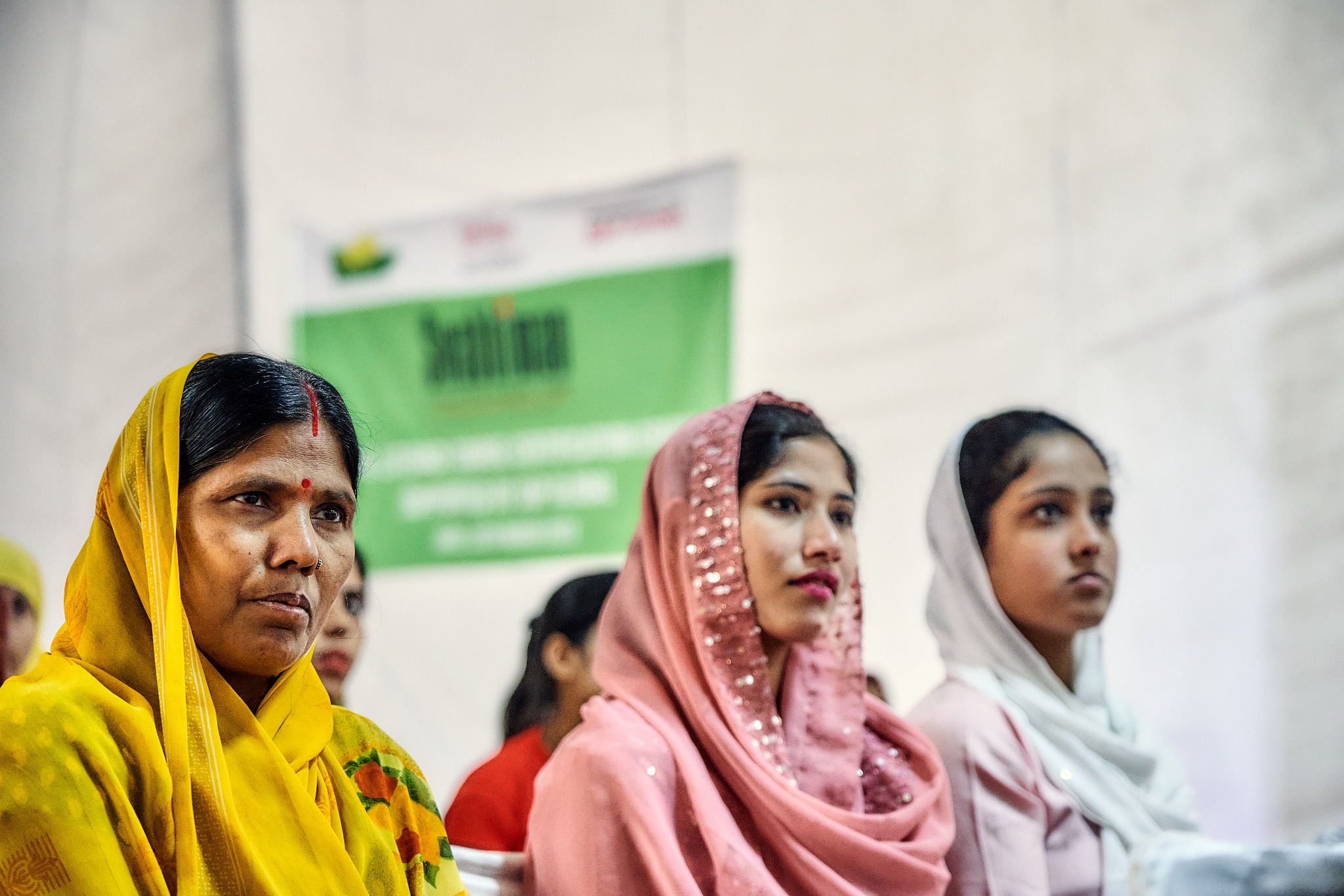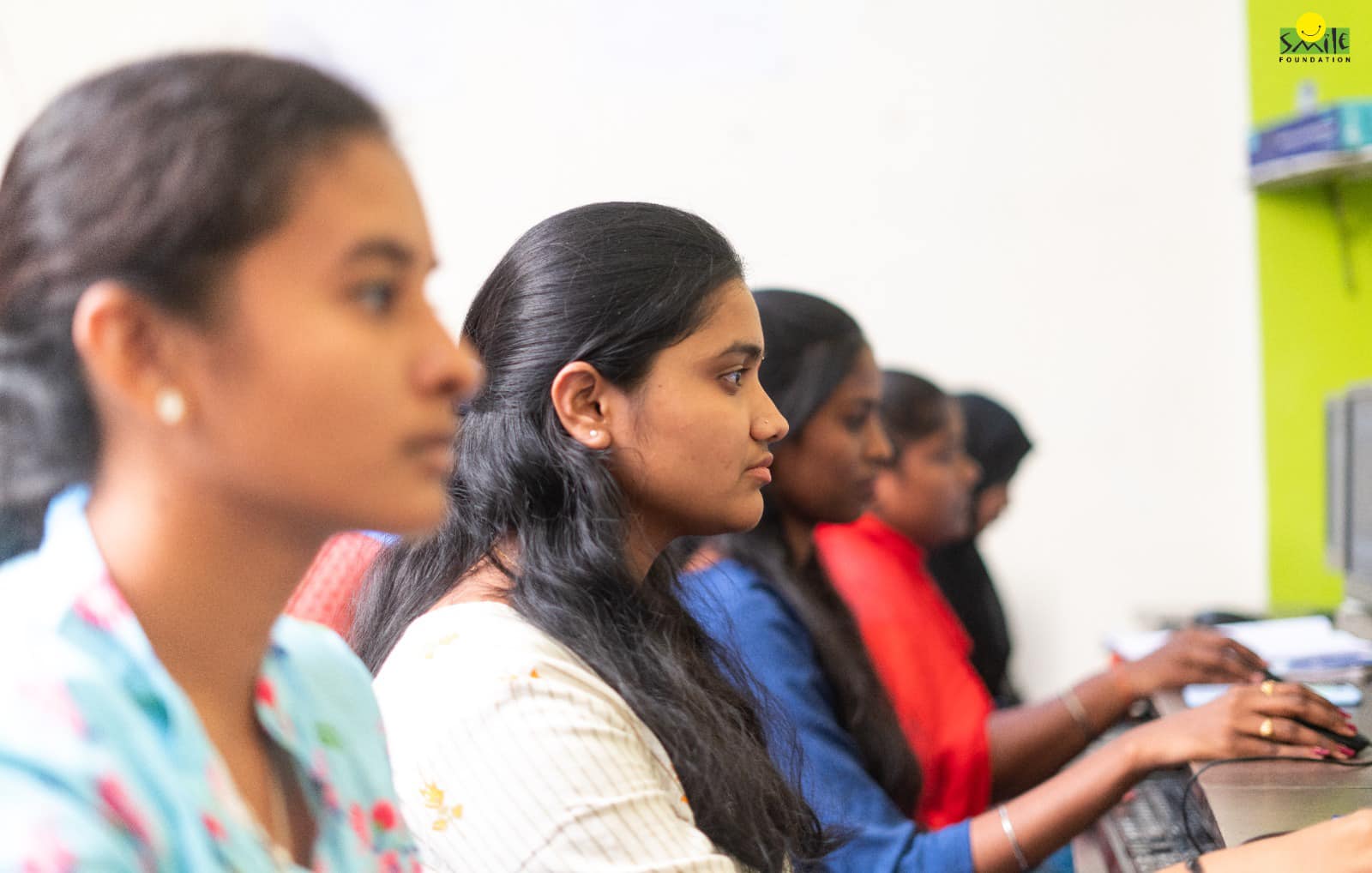Even as the government is talking about skilling and increasing jobs, the difficulty is that a big population of the adult workforce in India is severely under-equipped to perform skilled and semi-skilled jobs. It is time to empower the youth with the “right” skill set.
The government has been pushing to provide more job opportunities to the youth especially in the wake of rising unemployment. Unemployment rate in December 2018 rose to 7.38% from 6.62% in November 2018 and 4.78% in December 2017, highest since September 2016 when it stood at a high of 8.46%.
Statistics from the Centre for Monitoring Indian Economy (CMIE) show that in December 2017, a total of 26.94 crore people were employed in rural parts of the country, which dropped to 26.03 crores in the month of December 2018. Remaining about 18 lakh jobs were lost in urban parts of the country with the overall numbers of employed declining to 13.66 crores from 13.84 crores.
With fast-growing market size and expanding digital infrastructure, it is only positive to hopeful about more jobs but the big question arises that are we as a country prepared for jobs?
The big challenge in India is not that so much of the youth is unemployed; the problem is that there are just a lot of people who are simply ‘unemployable.’ Even as the government is talking about skilling and increasing jobs, the difficulty is that a big population of the adult workforce in India is severely under-equipped to perform skilled and semi-skilled jobs, let alone the “white-collared” jobs.
Before we talk about jobs — we need to focus on strengthening our education system—the foundation. Big improvements in basic and primary education are a critical area of investment and should be the focus if India wants to sustain its economic growth and utilise its young workforce.
A weak foundation in primary education is already derailing young lives, families, careers and productivity of tens of millions of Indians. In their youth, children grow disappointed stemming from a lack of skills and quality education.
Education remains passport for success but even then the government continues to ignore its importance. There is an urgent need for examining and analysing the present education system and introducing of new reforms accordingly for offering quality education.
While India is among the 135 countries to make education a fundamental right, by ensuring free and compulsory education for children between the age of 6 to 14 years under Right to Education Act (RTE) but the problem lies not just in implementation but also quality.
If we study closely, we will find that there are multiple challenges in implementing and monitoring high standards in teaching across public schools in India, which are directly affecting the learning outcomes. Plus the regional, cultural and socio-economic factors ingrained in the texture of our society further prevent India from fully achieving this quality education goal.
In addition, teacher availability, trainings and scalability of high-performing teaching professionals in villages, funding allocation for schools, basic infrastructure in remote districts and negligible use of technology in the classroom remain constant hurdles to reforming primary education.
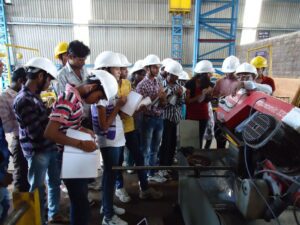
Another gap which needs to be addressed to strengthen primary and secondary education, and prepare a future ready workforce is to boost ‘pre-primary education’ in the country. Even as the world is hailing the need for access to quality early childhood development, which is for introduction to education to under five-year olds, we are far behind in the race.
The World Bank has prioritised Early Childhood Development as “one of the smartest investments a country can make in its future” and even world leaders added a target to the Sustainable Development Goals (SDGs) to ensure access to quality early childhood development and pre-primary education so that the under five-year olds are prepared for primary education.
Of the 193 countries that currently committed to the SDGs only 38 provide free, compulsory pre-primary education. While we have a mandate of imparting early education through our angadwadi’s workers in the rural and semi-rural centres, but by and large it is a half-hearted measure, which is clearly not translating into results.
Enhanced public investment in early education and human capacity building are key requirements for boosting up the education infrastructure.
Increasingly, world economies are recognising the importance of equipping every child with a strong learning foundation to help them cope with a future and manage families and communities around them.
One study estimates that every dollar (Rs 70) invested in quality early childhood education for disadvantaged children provides are turn of 7-10% per child, per annum. Several studies have shown that investing in pre-primary education or say early childhood programmes for the poor and marginalised empowers them to break the inter generational transmission of poverty.
Several governments in countries like Peru, Liberia, Angola, Lesotho, Malawi, Mozambique, Swaziland, Zambia, and Zimbabwe are offering programmes for early education. It is time that we as a nation put our priorities right and discussed education, before we demanding or creating more jobs. We sure need an “educated” and not just “literate” workforce to fill in the jobs.



